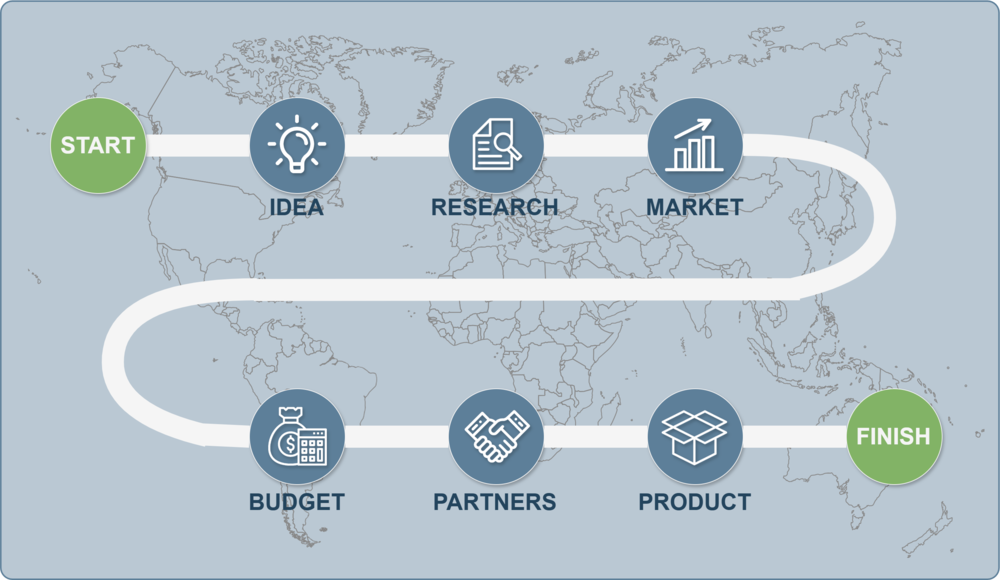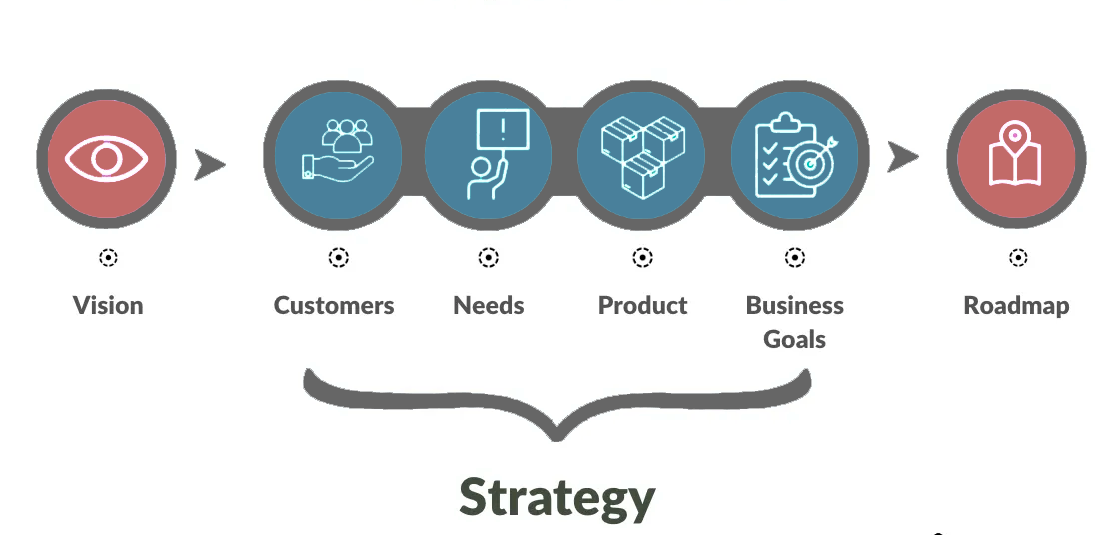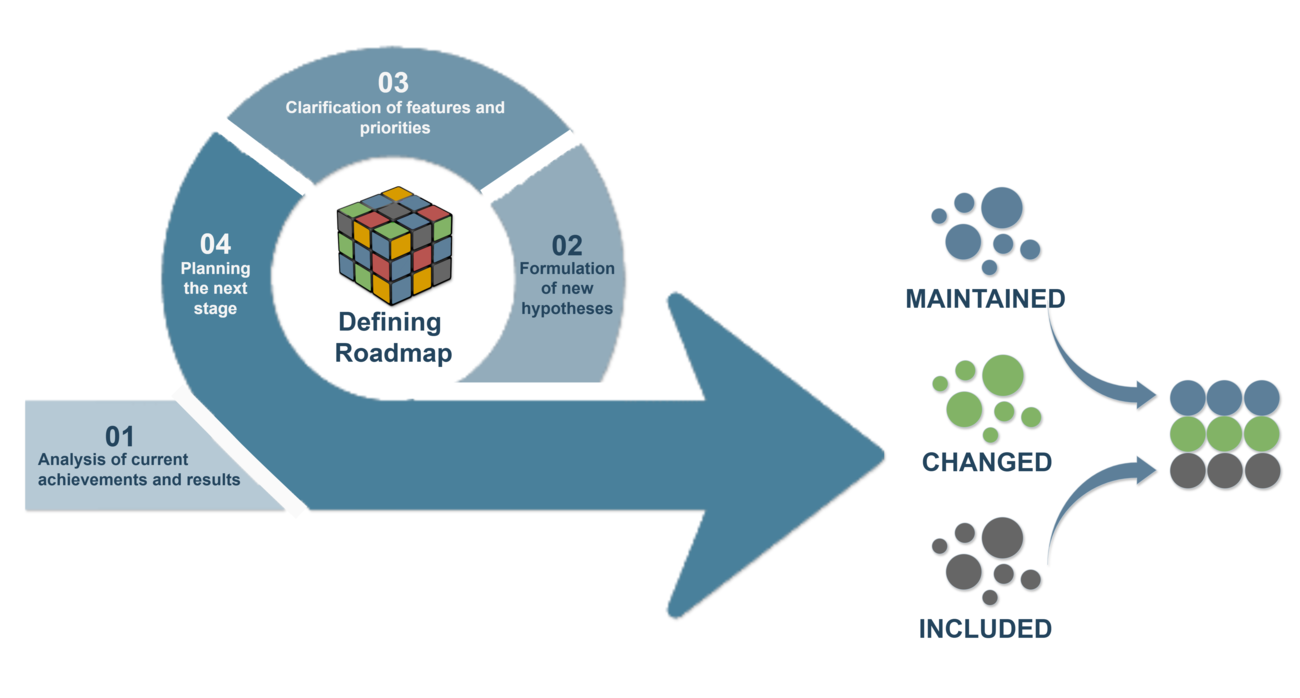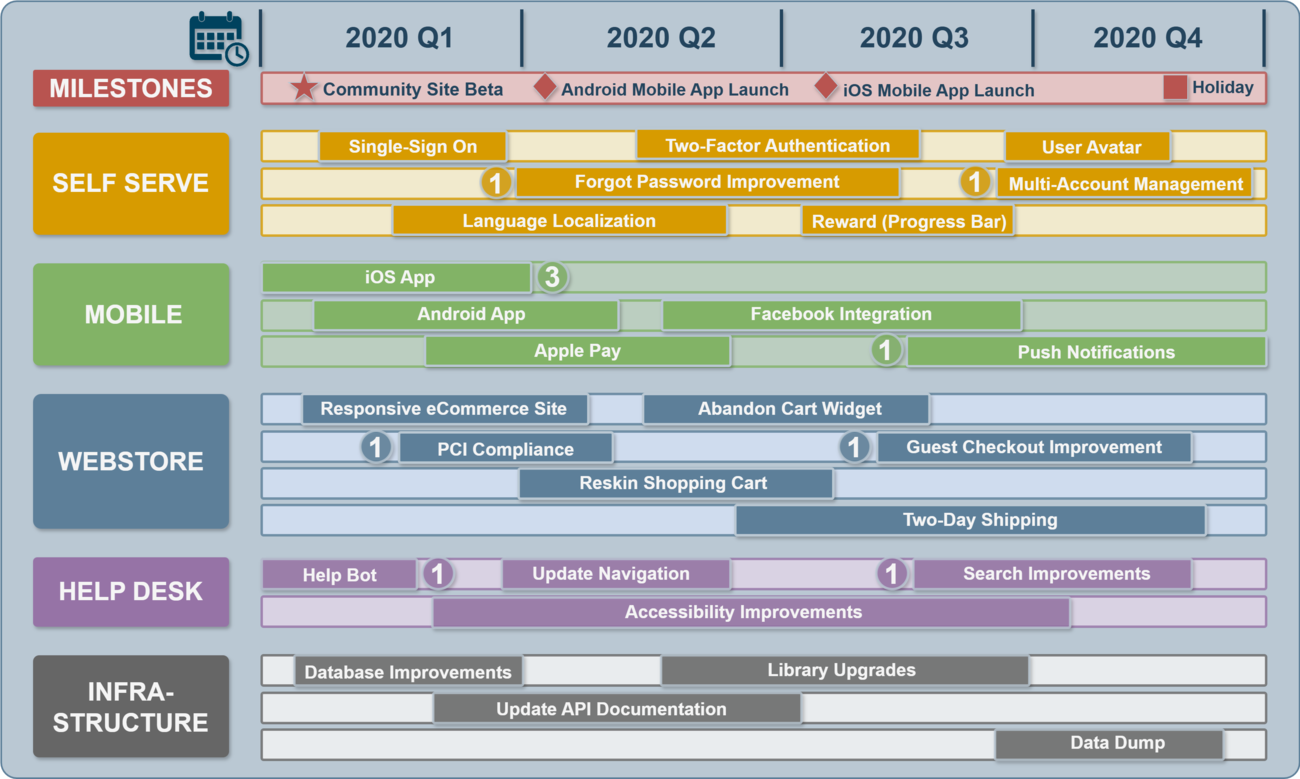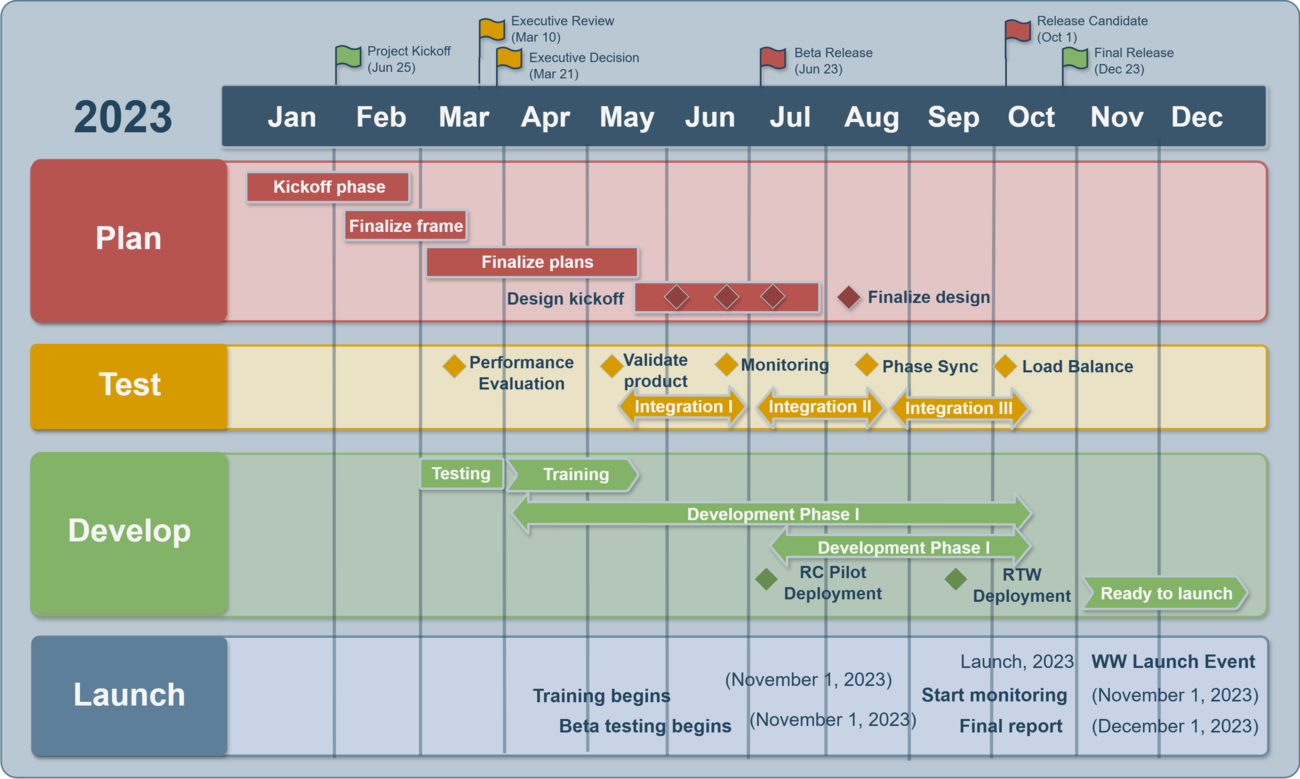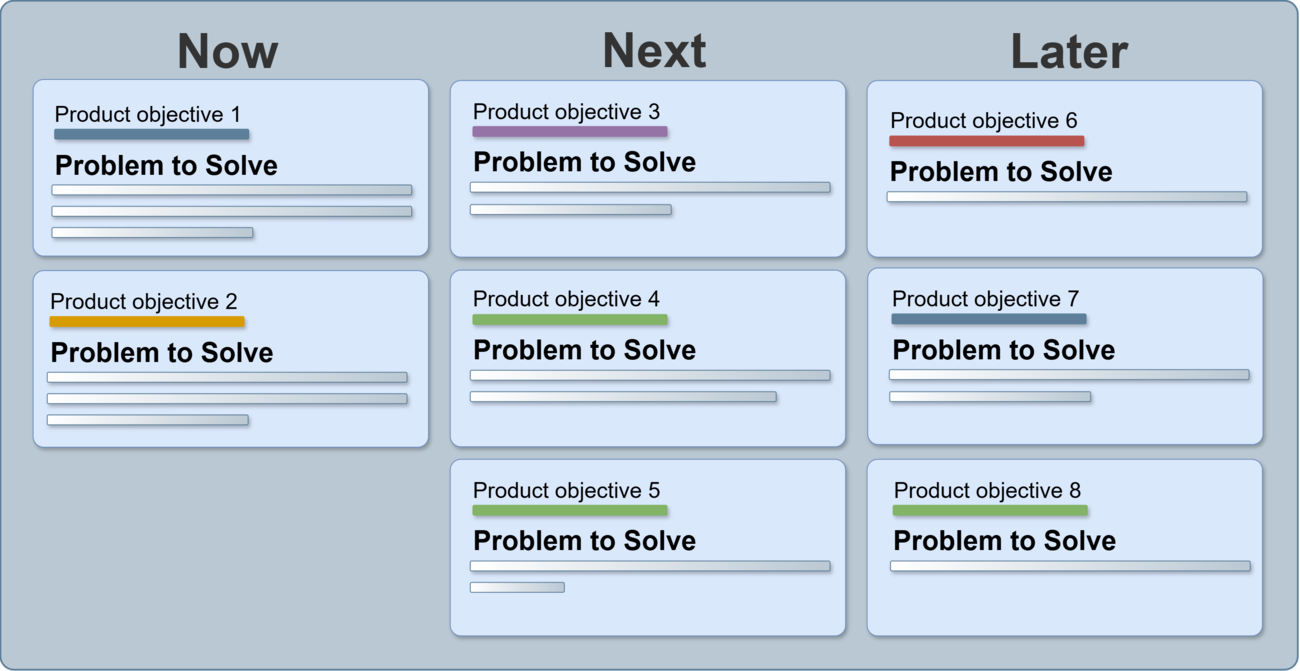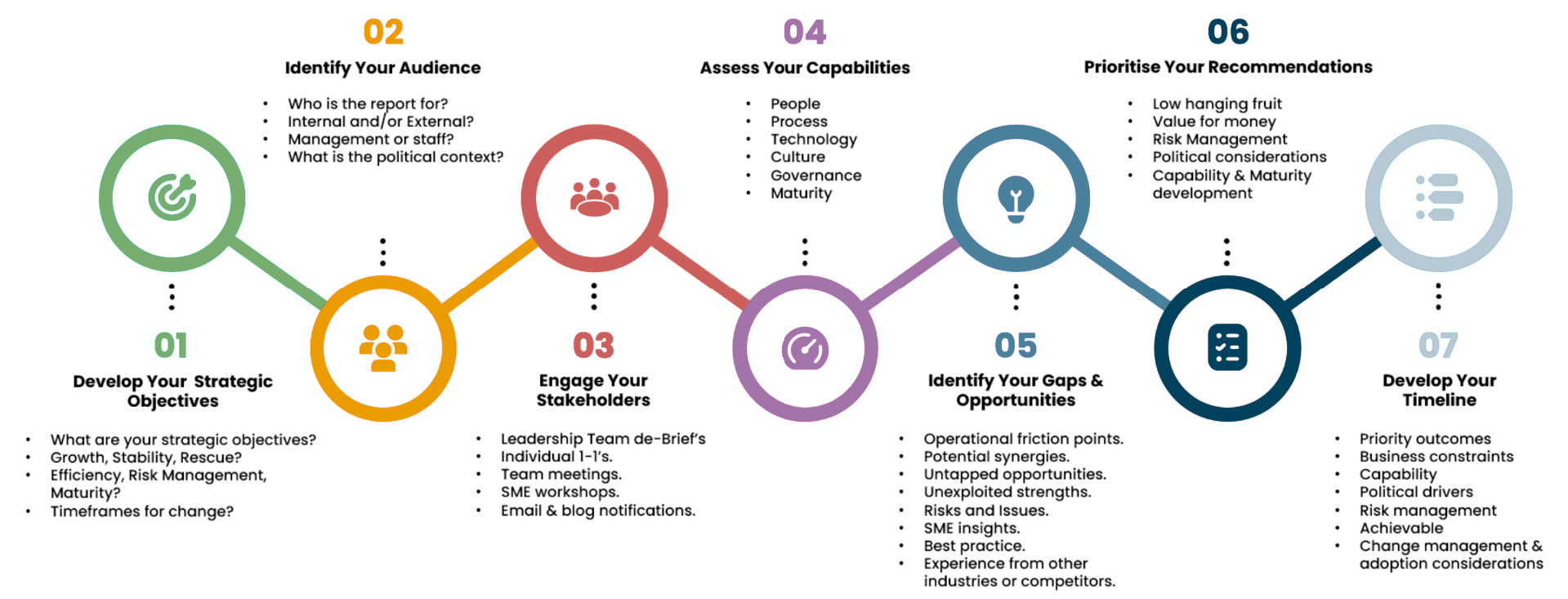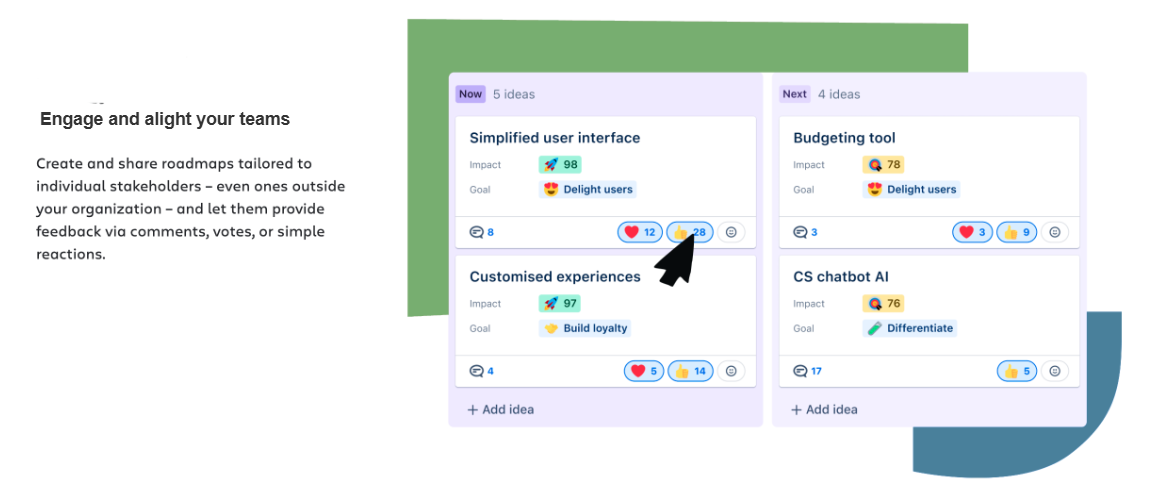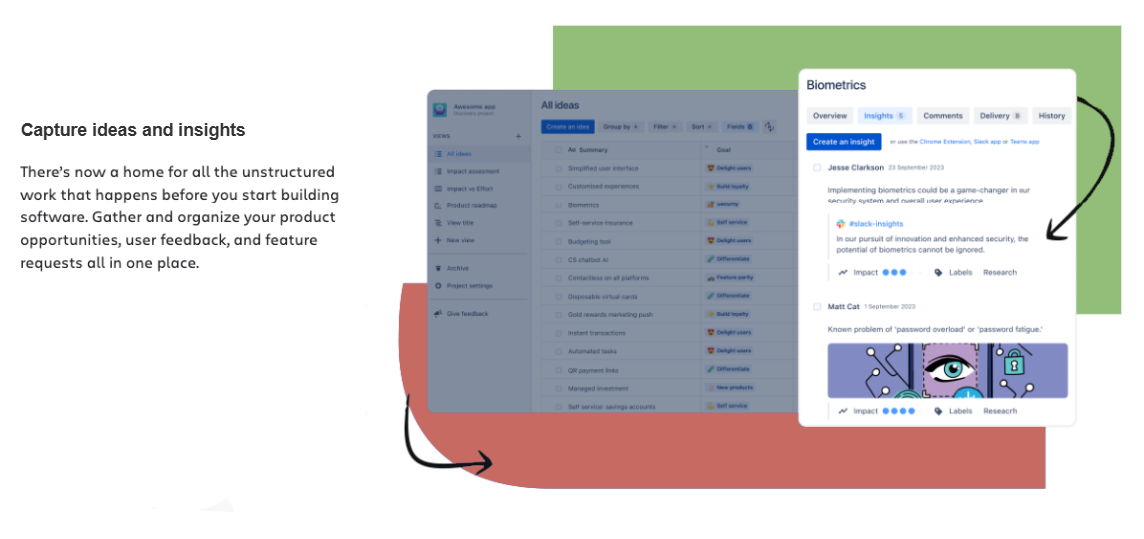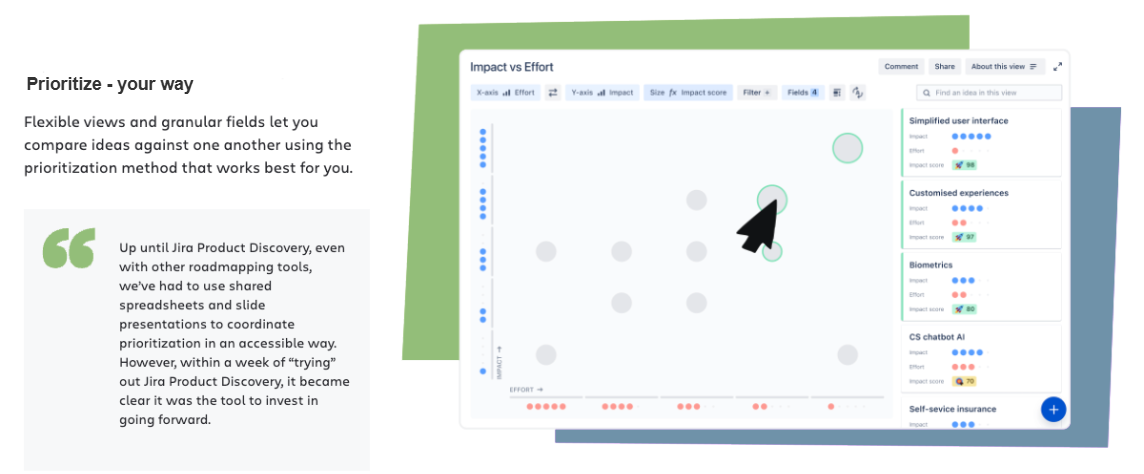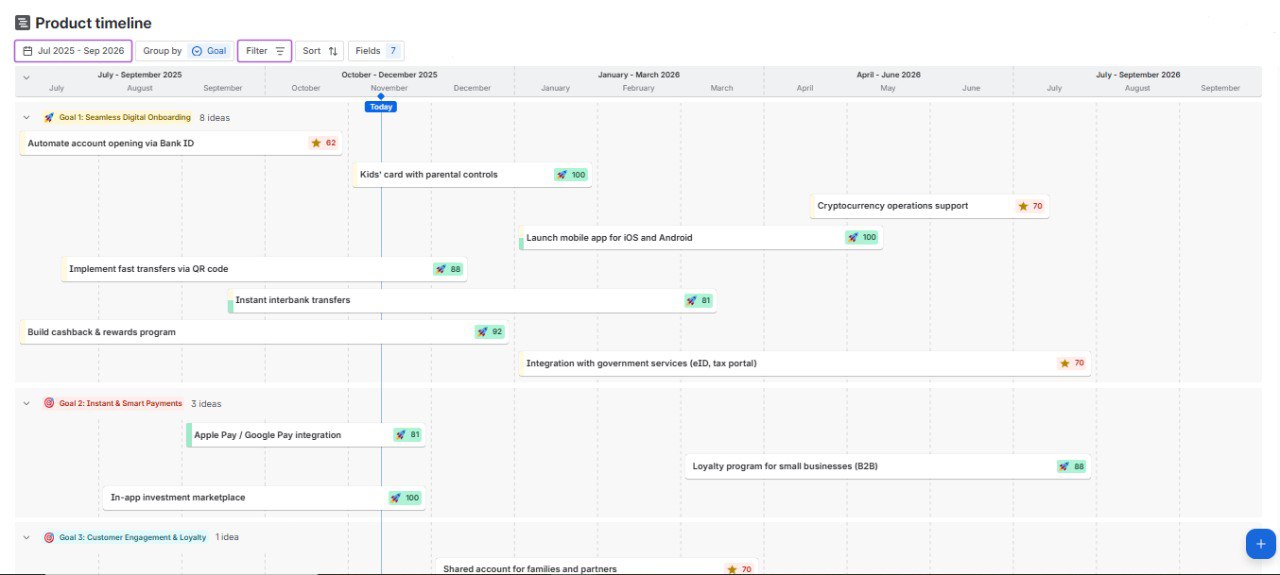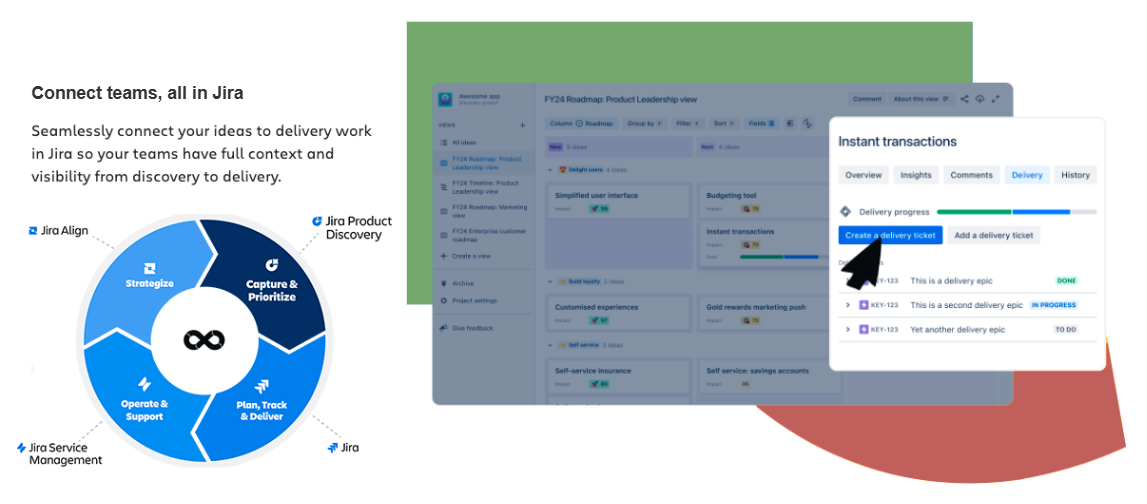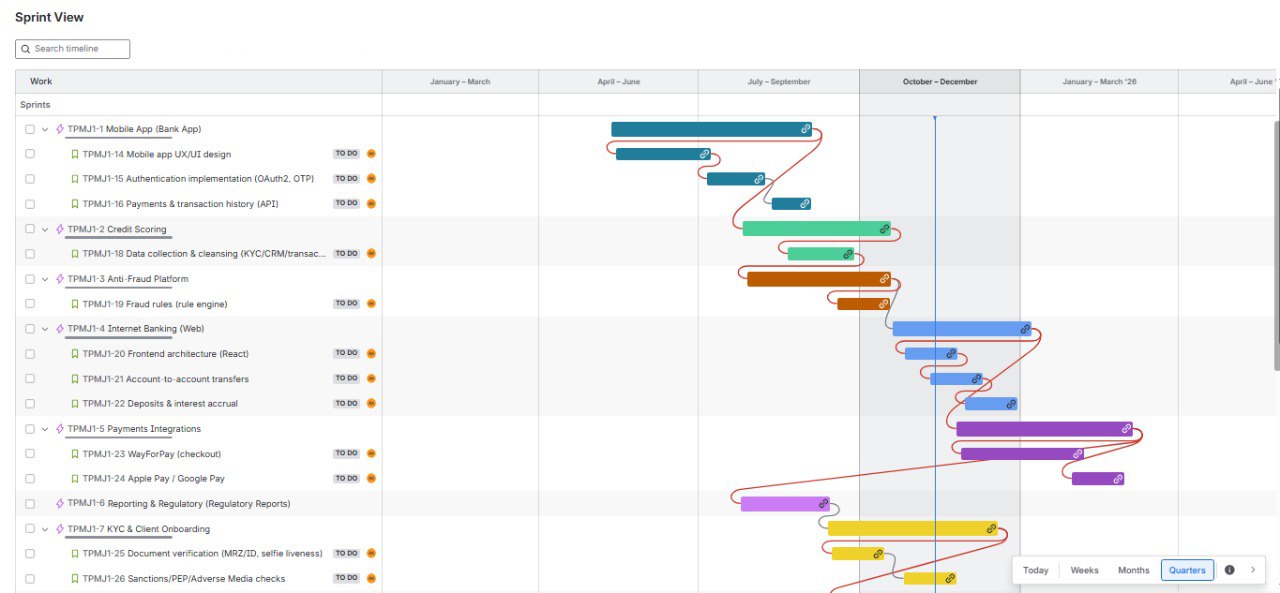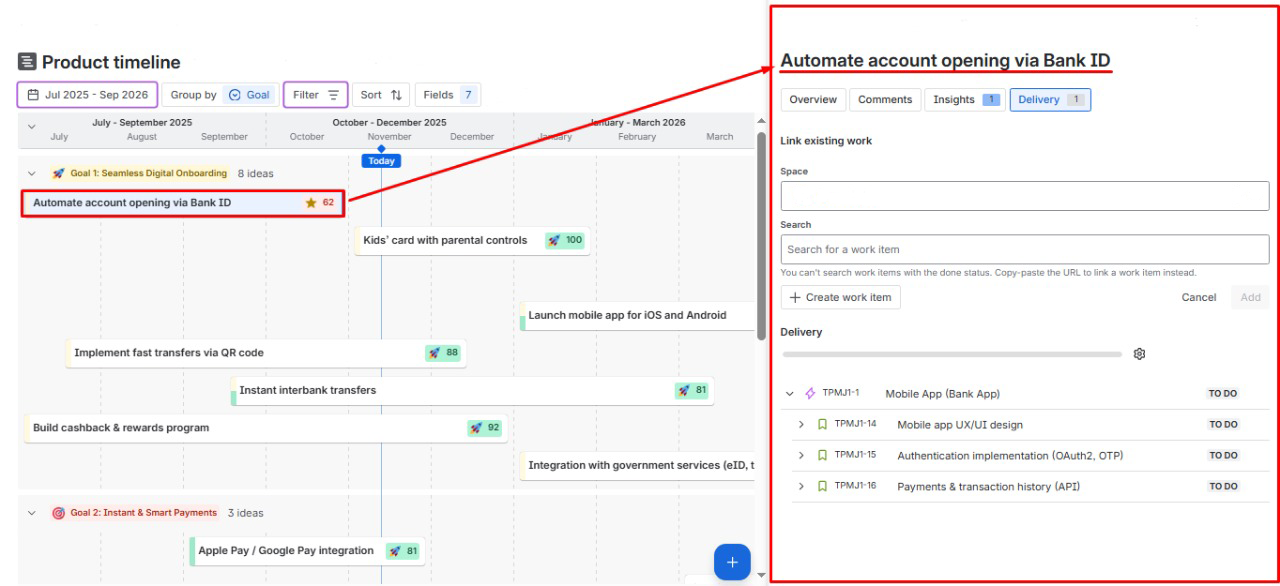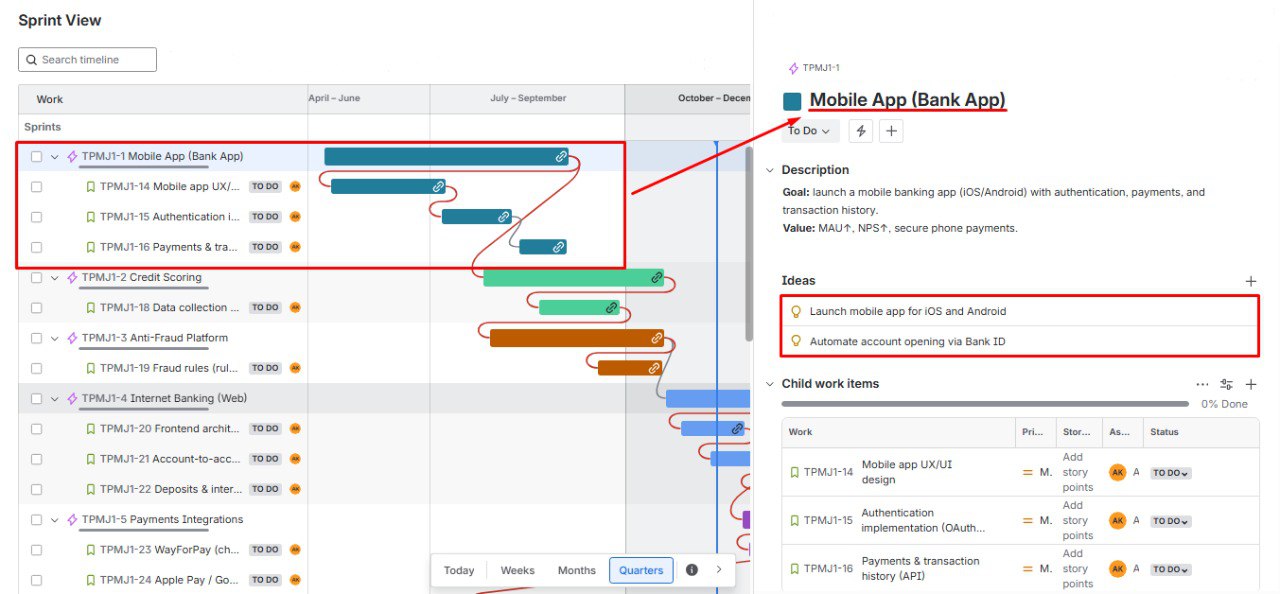Topic Definitions #
Jira Product Discovery

Waterfall Method
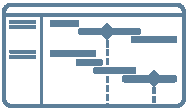
Custom Fields

Low-hanging Fruit
Timeline View
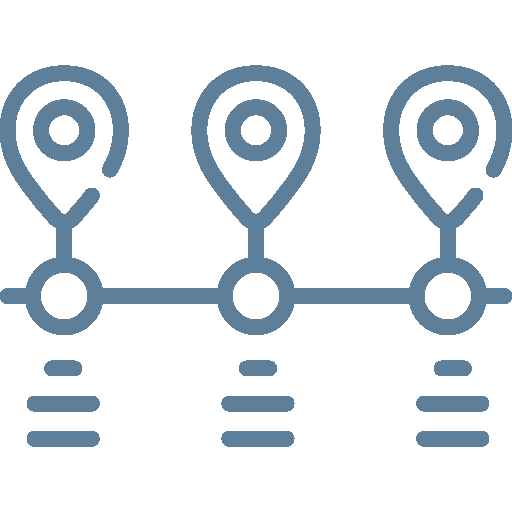
Epic

Story

Develop Road Map: The Foundation for Successful Project and Product Management #
Roadmap — is a key tool that represents a step-by-step strategy for a project or product. It serves as an action plan containing milestones, tasks, and expected outcomes, allowing all project participants to see how their work contributes to achieving a common goal.
Product Roadmap — is a strategic plan that defines the key milestones, tasks, and objectives necessary for the implementation and development of a product.
Project Roadmap — is a management tool that outlines the stages and tasks required to complete a specific project.
Iterative Development and Gamification of the Process #
The iterative approach to roadmap development allows teams to quickly adapt to new data and project changes. Unlike the rigid waterfall method, which follows a fixed plan, this process encourages continuous feedback, adaptation, and hypothesis testing at every stage to Develop Road Map that responds to change.
Each iteration includes the following steps in the process to Develop Road Map:
-

Analysis of current achievements and results:
At the end of each iteration, the results of the achieved goals are evaluated, and adjustments are made if necessary to refine the Develop Road Map.
-

Formulation of new hypotheses:
Based on feedback from users and stakeholders, new hypotheses are developed for further testing in the next stage of the Develop Road Map.
-
Clarification of features and priorities:
After analyzing the hypotheses, decisions are made on which product features should be implemented first and how they fit into the overall strategy outlined in the Develop Road Map.
-

Planning the next stage:
The team defines new tasks, sets deadlines, and assigns resources for the next iteration, continuing to Develop Road Map based on evolving needs.
This methodology is especially important in unstable market conditions, where flexibility and readiness for change are essential for success. The iterative process allows teams to respond promptly to new data and ensures that product development remains relevant and aligned with user needs.
Creating a Draft and Final Roadmap #
Jira Product Discovery significantly enhances the possibilities of project and product management, providing powerful tools for working with ideas, task prioritization, and strategic planning. Within the Project Roadmap , Jira Product Discovery allows you to:
-
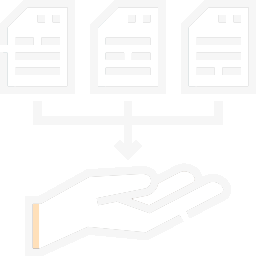
Identification:
At this stage, information for the next iteration is collected. This may include new ideas, updated priorities, and identified opportunities. Broader business groups participate by providing input.
-

Evaluation:
The product team evaluates each idea based on its business impact and ranks them accordingly. This prioritization clarifies which ideas should be implemented first to enhance project efficiency.
-

Effort and time estimation:
Development teams generate high-level estimates for the most critical tasks. These estimations define the implementation order and expected completion time.
-

Feasibility check:
Product owners and team representatives actively conduct a feasibility check. They identify dependencies between teams and tasks, mitigating risks that may affect the project timeline.
-

Final Roadmap definition:
Once all stages are complete, the team prepares the Project Roadmap for stakeholder approval. Marketing, sales, and product management teams provide input to refine the roadmap before finalization.
This is the second roadmap phase, and the second image effectively illustrates how each stage of project development flows from gathering information and evaluation to final approval and presentation of the roadmap.miro.com
Product Road Map VS Project Road Map #
The Product Roadmap helps the team clearly set priorities, allocate resources, and track progress while keeping a focus on outcomes that meet user needs and market demands. It includes product features, planned improvements, new releases, and strategic goals that guide the team toward achieving long-term results as part of the effort to Develop Road Map.
In contrast, the Project Roadmap focuses on organizing the project’s work: breaking it down into phases, defining dependencies, setting deadlines, and monitoring completion. Both roadmaps complement each other, forming a unified vision and allowing teams to Develop Road Map strategies holistically.
Product Roadmap: Structure and Key Elements in the Develop Road Map #
The Product Roadmap is a strategic plan that reflects the long-term vision of product development. Its main task is to show how the goals will be achieved through step-by-step feature implementation, based on priorities already determined during hypothesis testing and idea ranking.
Key elements of the Product Roadmap include:
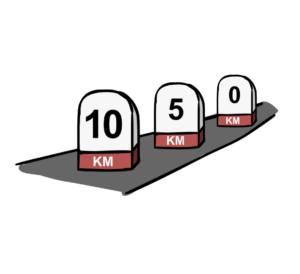
Product milestones:
- These mark the key stages of product development. As teams Develop Road Map, they align launches with strategic objectives.
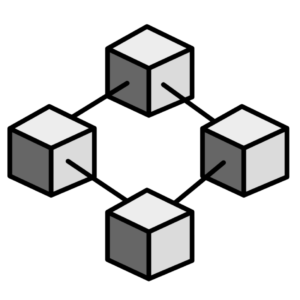
Functional blocks:
- Define specific features or improvements to be implemented per iteration. Prioritization is essential to successfully Develop Road Map.
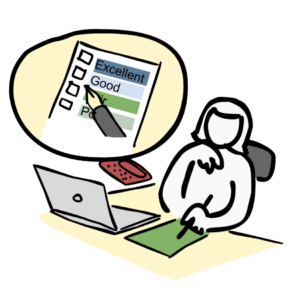
Feedback cycles:
- Crucial for adjusting and improving the roadmap as needed. Teams use feedback to refine the approach and Develop Road Map iterations.
Project Roadmap: Structure and Phases #
The Project Roadmap plays a key role in project management, ensuring the organization of tasks, timelines, and control over the completion of key stages. This tool defines how the product strategy, outlined in the Product Roadmap, will be implemented and allocates resources to achieve the goals.
Phases of the Project Roadmap include:

Developing strategic goals:
- In the first stage, teams must clearly define the project's goals—such as stability, growth, or crisis management. These goals establish the roadmap's foundation and direct the team's efforts toward long-term tasks.

Identifying the audience:
- Teams must identify the intended audience for the Project Roadmap. This audience can include external or internal project participants, management, or staff, as well as the political context of their involvement.

Engaging stakeholders:
- Teams engage stakeholders through debriefs, individual meetings, workshops, and email notifications. All participants need a shared understanding of the project's key goals and tasks.
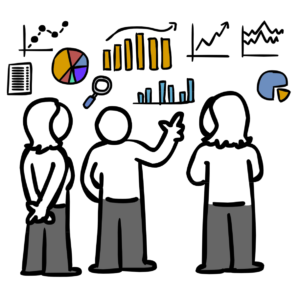
Assessing team capabilities:
- Teams analyze their current capabilities and available resources, including people, processes, technology, and culture. This analysis helps them identify bottlenecks and prepare for task distribution.
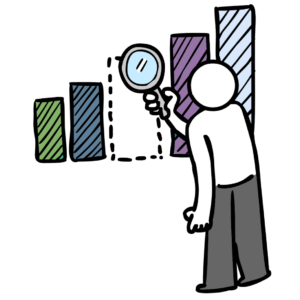
Engaging stakeholder Identifying gaps and opportunities:
- Teams evaluate potential synergies, risks, and untapped opportunities. They also determine where the project could face operational challenges.
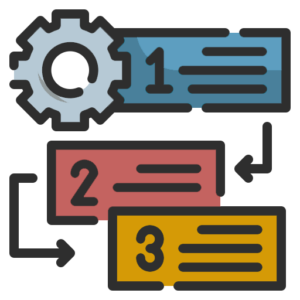
Prioritizing recommendations:
- Teams must determine priorities, including 'low-hanging fruit' (easily achievable goals), cost-effectiveness, risks, and political factors. This stage structures tasks based on their importance and difficulty.
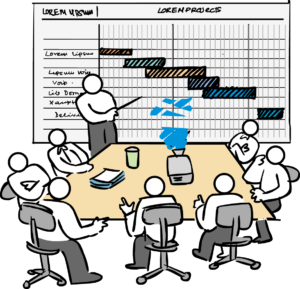
Developing the timeline:
- During the final stage, teams create the project’s timeline, factoring in business constraints, political considerations, risk management, and team readiness. They ensure that the goals remain realistic and achievable.
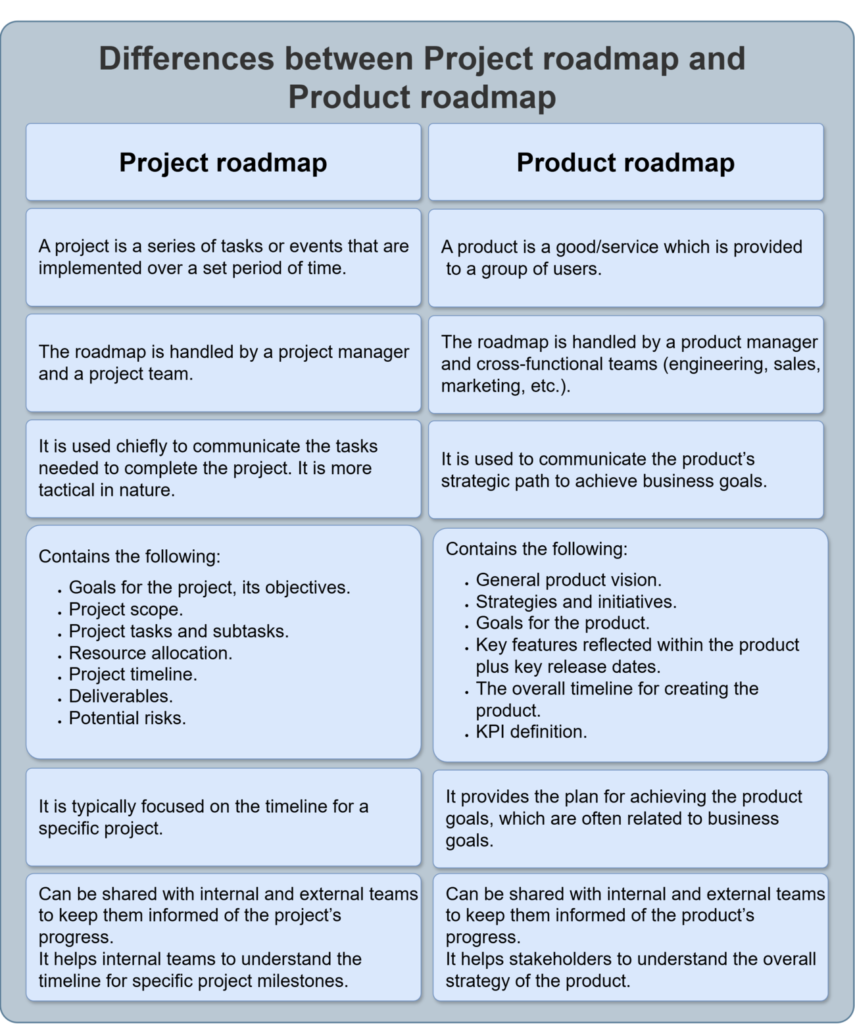
Working with Product & Project scope to create Roadmaps #
Best Practices:
1. Ideas — as Units of Product Uncertainty
Create ideas even when they are weakly formulated — let them live as Hypotheses or Problem Statements.
Use the fields “Outcome”, “Customer segment”, and “Opportunity” — formalize ideas from different perspectives.
- Centralize all your early-stage discovery inputs by collecting insights from interviews, research, and user feedback. Structure and categorize these insights so your team can easily identify patterns, validate assumptions, and uncover meaningful opportunities for product improvement.
2. Evaluation and Prioritization:
Use the fields Impact / Effort, Confidence, RICE, as well as Team Voting — all available out of the box.
Link ideas to research materials (via links or attachments).
3.Forming a Product Roadmap
- Use View → Timeline in Jira Product Discovery. On the timeline, place the idea as a Feature (with a hypothetical timeframe), not as a task. This is your map of product evolution, independent of sprints and specific tasks.
- Create separate Roadmap views.
Product Roadmap by components or directions (custom field: “Area” or “Product Part”).
Temporal Roadmap by quarters, versions, or marketing milestones (custom field: “Release quarter”). - Do not mix project-level tasks into this timeline — keep this view clean from delivery noise.
4. From Idea to Work (Jira Software):
Do not rush to create Epics/Stories until the expected product outcome is clearly defined.
Use the “Create delivery issue” feature to generate an Epic/Story in Jira Software only after completing the Discovery phase.
5. Forming a Project Roadmap
Plan cross-team delivery and visualize execution across all project streams:
- Use the Sprint View to build a Project Roadmap, where all epics, tasks, and workstreams that form the project delivery are displayed.
This provides a holistic view of how different technical and business streams progress over time. - Track the sequence and dependencies between tasks.
The colored bars represent the duration of work, owning teams, and overlaps between different streams.
Visible dependencies make it easy to identify risks, delays, and critical path relationships. - Use the Project Roadmap to synchronize teams.
It becomes a key tool for release planning, monitoring progress, and ensuring that the actual delivery pace aligns with the overall project plan.
6. Link Your Product Scope with Project Scope
Link your high-level ideas, features, and opportunities from Jira Product Discovery to the actual delivery work in Jira Software.
This connection lets teams see how early product thinking translates into real development work.
By linking Discovery items with Epics and Stories, you maintain full transparency from concept to execution.
This ensures that every delivery task supports a validated product outcome and keeps progress aligned with the roadmap.
Conclusion #
A well-crafted Roadmap provides the connective tissue between strategy and execution for both product and project work. The Product Roadmap expresses long-term outcomes and value: what problems we’ll solve, for whom, and in what sequence. The Project Roadmap operationalizes that strategy—phasing the work, clarifying dependencies, assigning resources, and anchoring delivery to realistic timelines. Together they create a single narrative that shows how ideas progress from discovery to market impact.
Effective roadmapping is iterative. Teams cycle through analyzing results, forming new hypotheses, clarifying priorities, and planning the next stage—continually adapting to feedback and market change. Tooling such as Jira Product Discovery and Jira Software strengthens this loop: capture and score ideas (Impact/Effort, Confidence, RICE), explore scenarios, maintain separate timeline views for strategy, and then sync discovery items to delivery epics and stories to keep value (why/what) aligned with execution (when/how).
High-quality roadmaps are clear and actionable. They visualize milestones, functional blocks, and feedback cycles; include feasibility and high-level effort checks; and keep product evolution views free from task-level noise. Best practices—separating product vs. project timelines, prioritizing transparently, and validating with stakeholders—reduce risk, sharpen focus, and accelerate outcomes. In short, disciplined, iterative roadmapping turns vision into momentum and momentum into measurable results.

